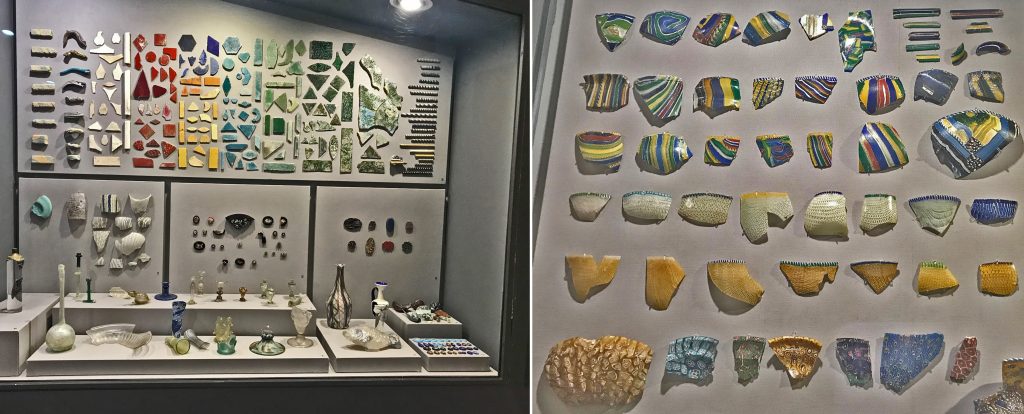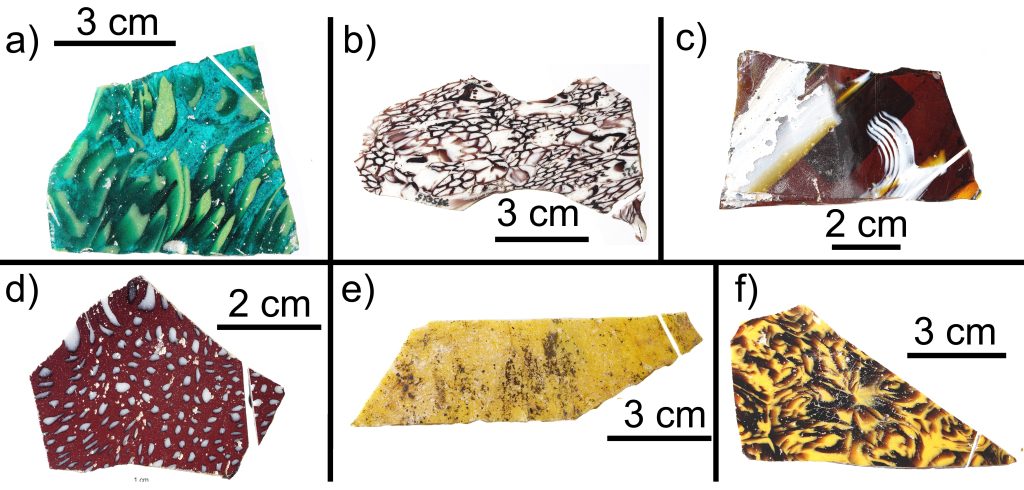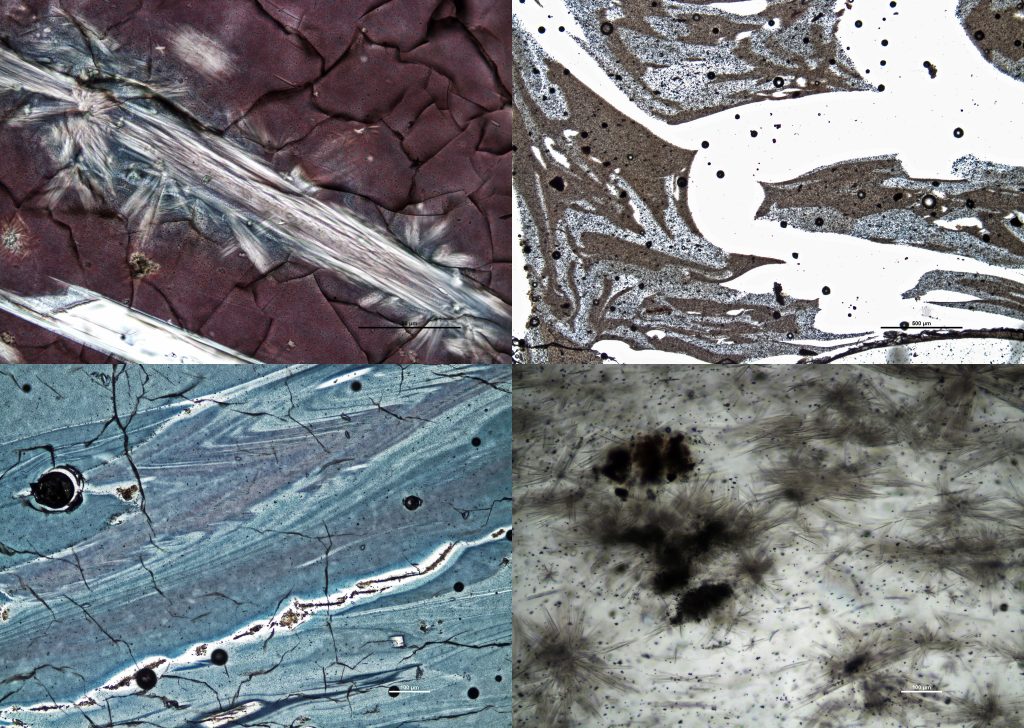
The ICAC participates with the Museo Nazionale Romano (Palazzo Altemps, Rome) in a research project to study the production technology of Roman glasses from the Gorga collection.
Dr. Roberta Di Febo (ICAC) and Dr. Lluís Casas (UAB) along with Dra. Chiara Giobbe (MNR) and Dra. Giovanna Bandini (MNR) are the main investigators of the project entitled “Creating the Illusion: Technological Characterization of the Marble and Stone–like Roman Colored Glasses from the Gorga collection” that has been launched last summer in Rome.
The Gorga collection constitutes a unique heritage ensemble in the world (it contains more than 150.000 glass pieces) collected by the famous Italian tenor Evan Gorga (1865–1957) between the late 19th and early 20th centuries. His collection activity went soon beyond the boundaries of a normal passion and it accompanied Evan Gorga throughout his life, extending to all kinds of finds, ancient and modern.
The most substantial nucleus of the Gorga collection is represented by the glasses of the first and middle Roman imperial age, which provide an extremely varied picture of the techniques, shapes, colors and the multiplicity of uses to which the Romans were able to allocate to this material.

In the last years, a deep study of Gorga glasses allowed to locate similar materials in museums and collections around the world such as the Museo del Vetro (Venice, Italy), the Victoria & Albert Museum, and the British Museum (London, UK), the Corning Museum of Glass (Corning, New York), the Metropolitan Museum of Art (New York), the Toledo Museum of Art (Toledo, Ohio) and the Sangiorgi and Morgan Collections.
Glassmaking that imitated rocks is widely documented by classical sources
The Roman glasses from the Gorga collection are excellent examples to illustrate the phenomenon of skeuomorphism, which consists in making a material to resemble another. The use of glass enabled the production of colour variations creating the illusion of depth and a surface even with greater brightness compared to polished rocks. Glassmaking that imitated rocks is widely documented by classical sources; these were mostly vessels for eating but also drinking. Similarly, the use of this material in architectural decorations mostly as revetments is relevant and an added value to these architectural elements.

The main purpose of this project is to characterize, from a technological point of view, monochrome and polychrome glass sectilia that replicate precious marbles and rare stones coming from the Gorga collection.
Particularly, a selection of glass chips from the villa of Emperor Lucius Verus (161–169 AD), adoptive brother of the most famous Marcus Aurelius, have been selected including imitations of Porfido verde antico, Semesanto, Onix, Rosso antico, Cipollino rosso, Giallo antico, Diaspro nero e giallo.
The study will allow researchers to improve knowledge about glassmaking technologies employed by the Romans in the 2nd century AD
The selected samples for this study, have been prepared in form of polished thin sections at the Laboratory of Geoscience Department of the University of Padua (Italy) thanks to the collaboration of Prof. Alberta Silvestri and Dr. Leonardo Tauro (Fig. 4). After the petrographic study, samples will be analysed through a multiproxy approach based on the use of Scanning Electron Microscopy (SEM-EDS), Electron Microprobe (EMP), Micro Raman (µ- Raman), and Synchrotron through-the-substrate X-ray microdiffraction (tts-μXRD).

In the characterisation protocol, the role of Synchrotron through-the-substrate X-ray microdiffraction (tts-μXRD) measurements at the ALBA facility is essential since it is a unique local-probe technique to obtain structural information. Experiments at the ALBA Synchrotron light facility will take place on November.
The study will allow researchers to improve knowledge about glassmaking technologies employed by the Romans in the 2nd century AD. Expected information derived from the analysed microcrystals include the type of glass used, nature of formers, fluxes, stabilizers, colorants, decolourants and opacifiers adopted along with the firing conditions (temperatures, times, etc).
The obtained structural data will be integrated with the petrographic study specially focused on the textural features of these artifacts that will provide us valuable information on the non-homogenous textures and the generation of the various colours. It is worth noting that the few scientific analyses conducted so far on Gorga Glasses have only targeted the chemical composition and the data has not clearly correlated with the textural and optical features of the glass.

Previous studies were unable to obtain structural and mineralogical data that is attainable using SR-tts-µXRD. Therefore, this study represents a unique occasion to investigate in detail these materials. At the same time and depending on the results, the proposed investigation could be extended to studies on other glass samples from Gorga Collection and their sister samples from other museums and collections around the world.
Besides the main investigators, the project involves also different researchers from Italian and Spanish research centres such as Prof. Alberta Silvestri (UniPd), Dr. Oriol Vallcorba (ALBA Syncrotron), Dr. Jordi Rius (ICMAB-CSIC), Dr. Ignasi Queralt (IDAEA-CSIC) and Dr. Adolfo Del Campo (ICV-CSIC).
We are grateful to the Director of the Museo Nazionale Romano (Prof. Stéphane Verger) and his technical and scientific staff (Dr. Chiara Giobbe and Dr. Giovanna Bandini) for their support and valuable collaboration.
Related news:
«A smartphone-based petrographic microscope!», ICAC, February 15, 2021.
«Ceramic in-depth, or how the light of the ALBA synchrotron will reveal new mysteries of the Montelupo majolica», ICAC, June 5, 2020.
«A new method for studying microcrystals in old ceramic glazing improve the detection of material’s quality and origins», ICAC, October 25, 2019.
,





